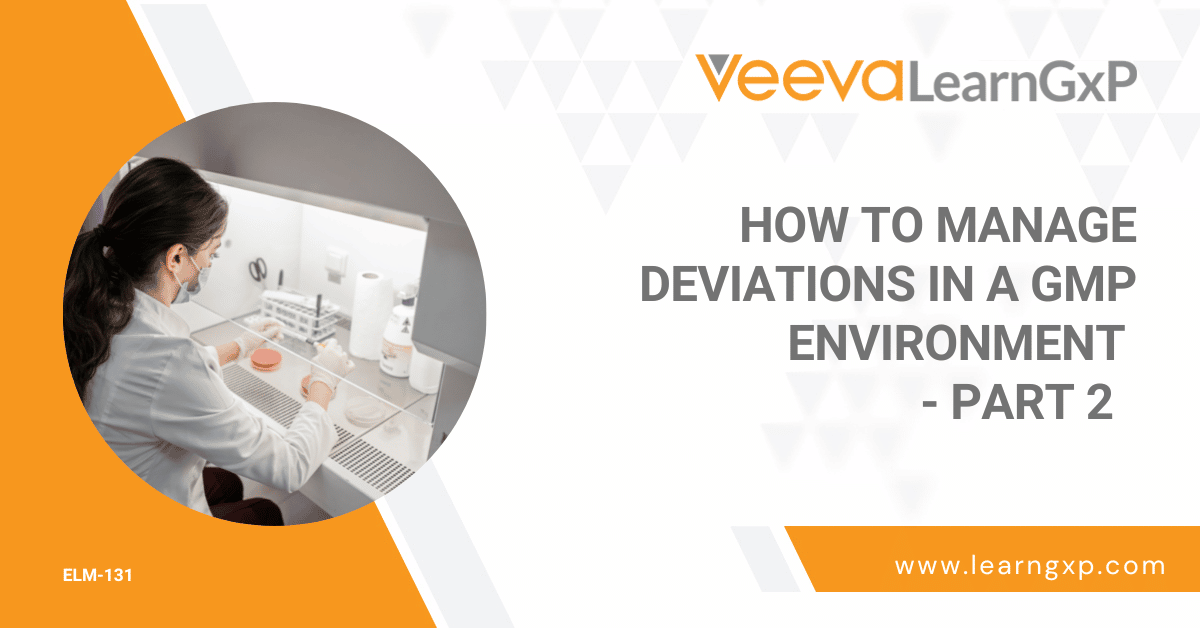The aim of deviation closure is to certify that the deviation won’t be repeated in the future.
As a result, the proper application of the agreed corrective and preventive actions must be verified and the effect they should have on the quality management system be achieved.
Ask Four Questions
Such confirmation can be obtained when the quality assurance department asks the following questions:
- Have all the actions both corrective and preventive been applied according to quality assurance department instructions?
- Did the action have the desired effect on the quality management system?
- Do these actions prevent and decrease the risk of the deviation been repeated in the future?
- Did these actions have an adverse effect on the quality management system?
Questions A to C must be answered with a “YES” while question D must be answered with a “NO”.
Only then the quality assurance department can officially announce that the deviation is closed.
Otherwise, the deviation will remain open and a new set of actions must be put in place based on the current situation.
On the other hand, if all the questions were answered as mentioned, there are two things left to do
- First is documentation of the deviation closure
- The second is communication of that closure
Deviation Closure Documentation
In order to properly close a deviation, the quality assurance department are advised to perform the following:
- Record the date of implementation of each corrective and preventive action.
- Record the name of the person who performed the action and let them sign beside their name.
- Provide documented evidence of the applied action.
- Write down the evaluation of the actions and answer the four questions mentioned previously as this is the last part of the deviation closure.
Next, a responsible person will sign at the end of the deviation handling form and close the deviation.
The closure of the deviation must be mentioned on the relevant database with all the lists found in the quality assurance department.
According to approved storage procedure and instruction, the closed deviation and all its documented forms must be kept for an agreed storage period for future review and for historical information databases.





